Come February, the capital plays host to the India Art Fair, the largest art fair in the country. Owing to its popularity, a number of parallel art fairs have also sprung up in the city in reaction. This year saw the tenth edition of the fair. Interesting, this year also saw the first edition of the Irregulars Art Fair, which called itself an “anti” art fair affair.
The Irregulars Art Fair had artists various working with diverse mediums — photographers, muralists, painters, musicians, sculptors, performance artists, installation artists, —from 9th to 11th February 2018, almost at the same time as the India Art Fair, which ran from 9th to 12th February 2018.
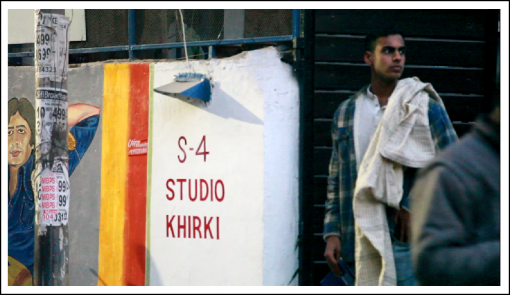
What made it a significant event was the possibility it held of opening up the art scene in the city to a wider audience, for both artists as well as art enthusiasts.
Tarini Sethi, the curator, hopes to make this an annual event. “We want this to become a space that gives all artists a fair chance to show their work, based entirely on their art and not on who they know. We won’t be differentiating between established artists and unknown artists. If we think their art is good enough, then we’ll give them space. It doesn’t matter whether someone has shown their work six times before, or has never exhibited anywhere. We’d like to give everyone a space based entirely on their art.”
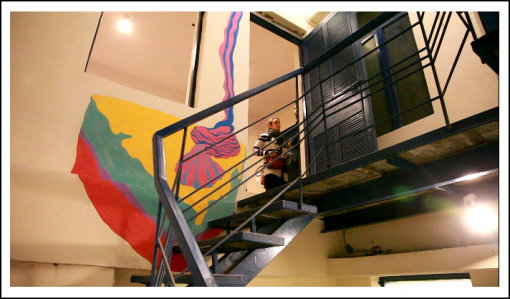
Is this because independent artists have little to no chance of showing their work in large scale exhibitions like the India Art Fair? “India Art Fair deals directly with galleries, not with artists. In fact, that’s how most art fairs work. It is very difficult for independent artists to tap into the art scene. It also depends a lot on who you know as opposed to what kind of art you’re making or how good it is,” continued Tarini Sethi. Besides, one has to shell out a sizeable amount to get a space. This is where the Irregulars Art Fair steps in. The organisers, Bridge Studio and Studio Khirki, charged the artists a nominal amount, Rs 1500, to book a space. This made it possible for a lot more independent artists to apply. Asked about how they chose the artists, Sethi explained, “It depended on their portfolio and that was it. We weren’t looking at their CV, or how old they were, or how long they’d been working as artists. We had artists who had shown their work in the Kochi Biennale, alongside those who had just finished college and had never shown their work before.”
Amaan Tak, ‘Surgical Distortions’

Elaborating on how they chose artists, she said, “The selection process was based on the portfolio that they sent, and how well thought out their idea was. Also, we wanted to hit every spectrum of art. So we specifically chose artists from multiple fields, working with different mediums. We wanted it to be an immersive experience. That was also something that we kept in mind while going through the submissions.”
For a visitor, the most interesting part was how the space inside Studio Khirki, which hosted event, had been used. The building was an old leather factory that had been refurbished for the event. The artists had been given complete freedom to use the space given to them however they want — they could paint the walls any colour they wanted, decide how they wanted the lights.
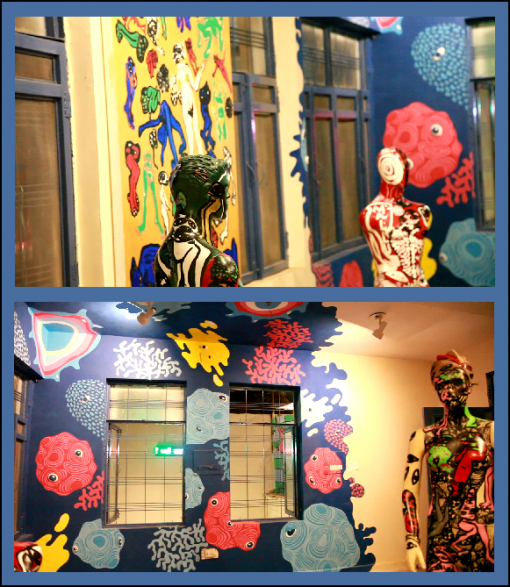
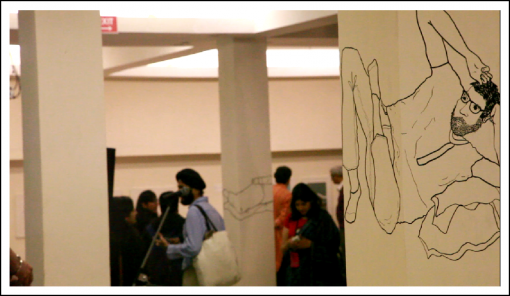
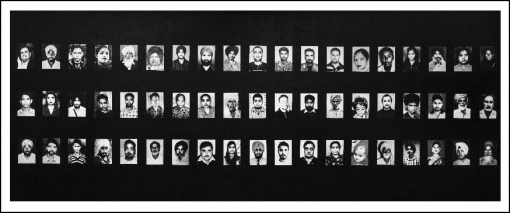
A three storey affair, every space in the building had an artist’s work; the supporting columns in the basement covered in Harsh Vora’s murals; Amaan Tak’s pieces for ‘Surgical Distortions’ which confronted everyone who made a beeline for the rest room; visual artist Antra Khurana’s paintings on the walls around the staircase that ascended to the first floor. Indeed, the art fair lived upto its aim of providing an immersive experience. None of the artist’s works were displayed in isolation. For instance, Aditya Verma’s painted mannequins stood against a wall with Tanya Singh’s mural; photographer and artist Jai Ranjit created art live and also had his work on display, all this in a corner that Madhav Nair had painted floor-to-ceiling. Besides all this, the event also had live performances and film screenings throughout the three days.
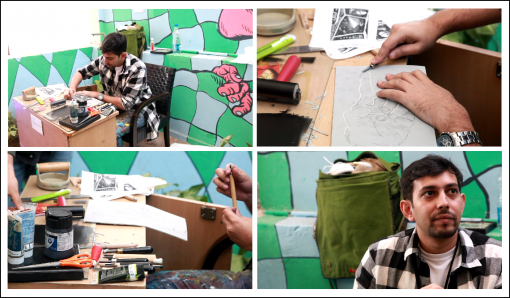

There was also the fact that the Irregulars Art Fair had a wider accessibility than, say art galleries or big art fairs like the India Art Fair. What made this possible was its location in Khirki village. It is good to recall Arundhati Roy famous distinction between the “city” and the “non-city” in her film, In Which Annie Gives it Those Ones,
A city in a third world country is made up of two parts, a city and a non-city. The city and the non-city are at war with one another. Now, the city consists of a number of institutions, of houses, offices, shops, roads, sewage systems… The non-citizen has no institutions. He lives and works in the gaps between these institutions; he defecates on top of the sewage system… [The city is designed in a way that says] to the non citizens, “Stay out of here, keep out, this is not your area.”

We can see how this works in the functioning of art galleries, most of which are located in expensive localities and whose attendees are primarily people from the upper and upper-middle class. The inaccessibility of these locations goes unnoticed, perhaps, by those of us who have no trouble accessing them. For instance, not many of us pause to wonder why there aren’t more people from the economically weaker sections of society attending the open-for-all exhibitions in art galleries. Despite the lack of tickets, these events remain inaccessible because of their specific location and what these locations represent. The Irregulars Art Fair’s location, then, in an urban village, was a welcome exception, opening up the art scene to a wider audience. Despite being a ticketed event, the fair saw a generous crowd on all three days.





